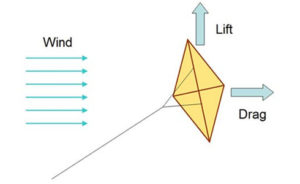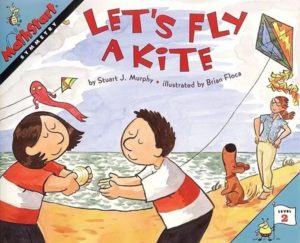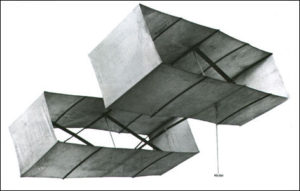 |
The Kitehistory.com website features a bright blue font on a sky-blue background, which is awful on the eyes; however there’s a lot of excellent historical information here, illustrated with period photographs. Various pages cover the Wright brothers, Alexander Graham Bell, Lawrence Hargrave, meteorological kites, and war kites. |
|
Chinese Kites has information on the ancient history of Chinese kites – which date back as least to the 5th century BCE. (Marco Polo brought one home with him after his famous 13th-century trip to Cathay.) |
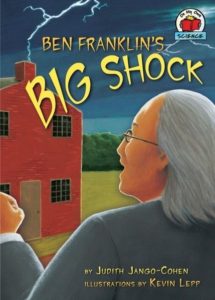
|
By Judith Jango-Cohen, Ben Franklin’s Big Shock (Lerner Publishing, 2006) in the On My Own Science series is the story of Franklin’s kite experiment and the discovery that lightning is electricity, told in simple language for ages 4-7. |
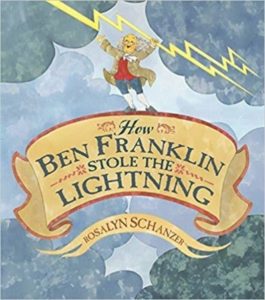
|
Rosalyn Schanzer’s How Ben Franklin Stole the Lightning (HarperCollins, 2002) covers the many aspects of Franklin’s multitalented life, but concentrates on his studies of electricity and his (dangerous) landmark kite experiment. For ages 4-8. |

|
In Stephen Krensky’s Ben Franklin and His First Kite (Simon Spotlight, 2002), the kite is not the kite of the famous thunderstorm experiment, but the one the boy Ben rigged to pull himself across the millpond while swimming. For ages 5-8. |
 |
Resources to accompany the three-part PBS series Benjamin Franklin include background information, a teacher’s guide, a virtual tour of “Ben’s Town,” and instructions for making a kite. (Do not fly it in a thunderstorm.) |
|
From USHistory.org, Franklin and his Electric Kite is a detailed illustrated account of Franklin’s most famous experiment, including his own description of how he built his kite. |
|
For many more resources, see Ben Franklin. |
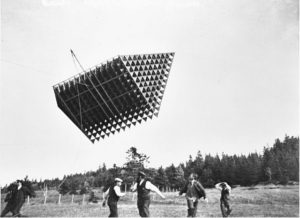 |
Learn about Alexander Graham Bell’s spectacular tetrahedral kites. |






